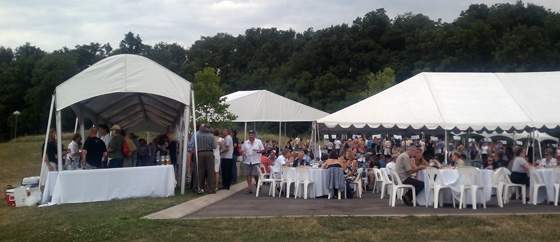
By Bryan Calandrelli, Niagara Region Editor
We all know it. Chardonnay has an image problem. It lost its way by rooting itself all over the world without regard for its culture, forgetting what made it so great in the first place.
It’s been taking acid left and right, tartaric acid that is, and hanging out in some dark places, mostly new oak, for way too long. It is a grape that is in desperate need of a PR boost, an image makeover and a primetime comeback appearance in front of the wine world. One wine region has taken this on with the hopes of boosting its own reputation as a producer of world-class chardonnay.
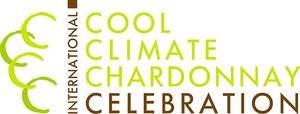 With the International Cool Climate Chardonnay Celebration (IC4), Niagara Ontario has pulled off the unimaginable and unleashed a not-so-new but considerably improved image of chardonnay – and it can only be described as cool.
With the International Cool Climate Chardonnay Celebration (IC4), Niagara Ontario has pulled off the unimaginable and unleashed a not-so-new but considerably improved image of chardonnay – and it can only be described as cool.
Fifty six wineries from across the globe, including several from Canada, brought their chardonnays to Niagara Ontario last month for a series of lunches, tastings and celebrations in hopes of raising awareness that chardonnay produced in cooler climates retains a distinctive character that resembles what made chardonnay so great in Burgundy.
The makeover process involved a few gradual steps. First the organizers had to define “cool chardonnay.” They took the political strategist approach by defining “warm climate” chardonnay – their opponent if you will – on the event’s website as being “over-oaked and lifeless.” Ouch!
Next, IC4 organizers laid the groundwork for what regions could be considered cool-climate. Defining a region as such isn’t all that simple, but they described cool by altitude, by latitude, by marine influence and/or by climatic conditions. Most importantly, they needed to convince us, the rank and file drinkers, why we should seek out chardonnay grown in these regions. As the IC4 website states, “Chardonnay vines that are grown in cool climates and encouraged to allow a sense of place to shine through can produce a wine that is balanced, refreshing, complex and elegant.” Sold!
With cool chardonnay now redefined, there was only one thing left to do: nail that primetime appearance at the IC4 event. I was lucky enough to make it out for two events – a winemaker luncheon and tasting at Southbrook Vineyards and the Grand Tasting at Tawse Winery – and I feel like a born again chardonnay lover.
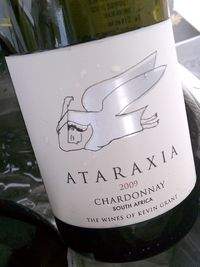 So who was cool enough to pour at the Chardonnay world tour, aka the Grand Tasting? Wineries from Ontario, Burgundy, Oregon, British Columbia, New Zealand, Austria, South Africa, Italy, Australia, Chile and New York were all represented. But for me, this is where the message can get a little muddy. Many would question how Australia, Italy or South Africa would be considered a cool climate or question what they have in common with Burgundy or Niagara.
So who was cool enough to pour at the Chardonnay world tour, aka the Grand Tasting? Wineries from Ontario, Burgundy, Oregon, British Columbia, New Zealand, Austria, South Africa, Italy, Australia, Chile and New York were all represented. But for me, this is where the message can get a little muddy. Many would question how Australia, Italy or South Africa would be considered a cool climate or question what they have in common with Burgundy or Niagara.
The impression I got after speaking to a few winemakers was that it’s all relative.
Obviously Burgundy doesn’t need a PR makeover like the rest of the chardonnay-growing world, but I did find Burgundian-turned-Oregonian winemaker Gilles de Domingo of Copper Mountain Vineyards to be a good source for explaining his view of cool climate.
“The essentials of cool climate include a relatively late harvest of the chardonnay grapes in late September or even into October following a late bud break during the spring,” he says. Simply put, de Domingo believes a cool climate is one moderated enough to allow a gradual warm-up in the spring, while keeping daytime temperatures low enough during the summer to allow the grapes to hang late into the season.
There were a number of standouts wines at this tasting, including some from regions most people wouldn’t assume were cool climate. Josef Chromey Winery of Tasmania made a good showing, and Ataraxia’s 2009 Chardonnay from the lesser-known South African sub-region of Hemel-en-Aarde Valley were impressive. Pyramid Valley Vineyard from New Zealand poured chardonnays that were zesty and refreshing, and that may have even bordered on grassy, leaving the impression that the Canterbury region’s climate may have even been too cool for chardonnay.
 It goes without saying that many of the Niagara Ontario chards were outstanding. The organizers and participating wineries obviously did their homework and poured the best the region has to offer.
It goes without saying that many of the Niagara Ontario chards were outstanding. The organizers and participating wineries obviously did their homework and poured the best the region has to offer.
My favorites were from Southbrook, Hidden Bench, Pearl Morisette and Tawse. Poured side-by-side with the international wineries, there’s no doubt, to me at least, that Niagara chardonnay can stand with the best of them.
What was the common thread in all these wines? Similarities became transparent in lively acidities, delicate balances, lower alcohols, and fruit profiles resembling citrus and stone fruit as opposed to melon and tropical aromas. There was an obvious lack of over-oaked wines, and not one of my notes included the words buttery or butterscotch, indicating that maloactic fermentations were closely managed.
But should New York now jump on the cool chardonnay bandwagon?
Interestingly enough, Dr. Konstantin Frank was the only New York producer at the event. We are certainly the textbook definition of cool climate and there’s no shortage of chardonnay growing across the state, so there’s nothing stopping New York from making wines like these – and educating the consumer as to why they’re special as well. I think New York can learn from Niagara’s coordinated marketing campaigns and meticulous quality control.
There may even be a few other grapes in the state that ready for an image makeover too. How about merlot on Long Island or Lemberger in the Finger Lakes? Maybe even baco noir in the Hudson Valley is ready for its closeup.

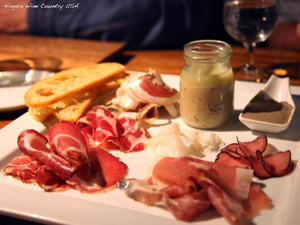 Dinner started with a locally cured charcuterie plate adorned with delicate slices of prosciutto, pancetta, coppa, lardo, bresaola vitello, paté and rabbit rilletes.
Dinner started with a locally cured charcuterie plate adorned with delicate slices of prosciutto, pancetta, coppa, lardo, bresaola vitello, paté and rabbit rilletes.
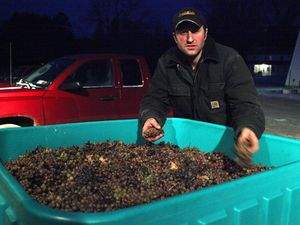


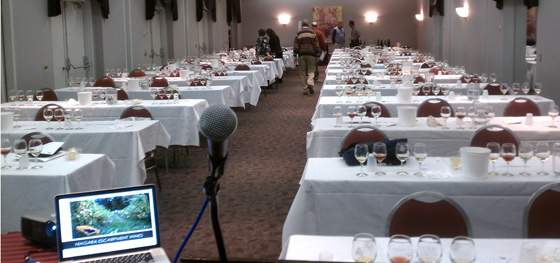

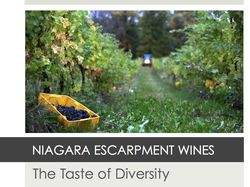
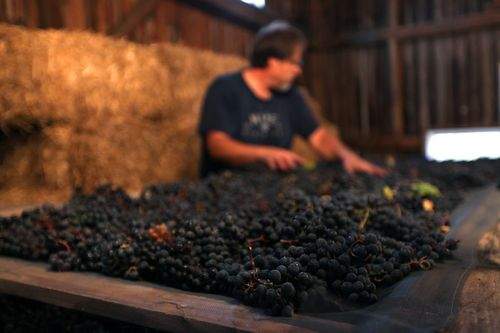
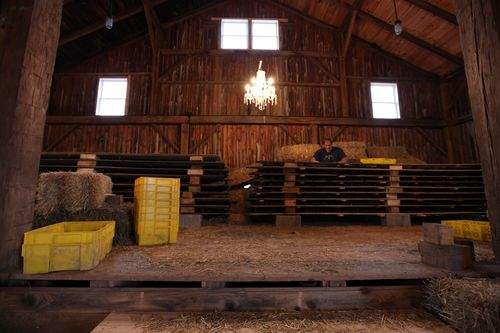
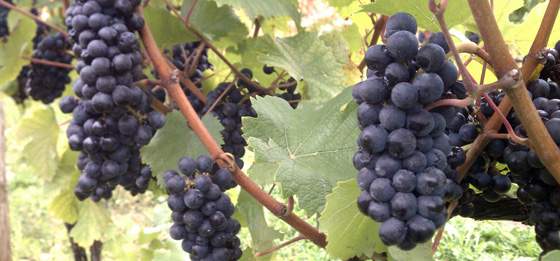
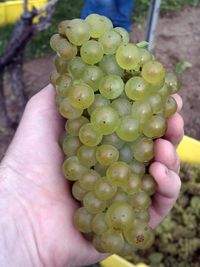
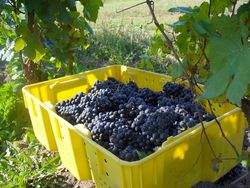
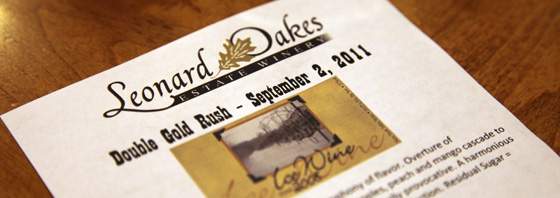
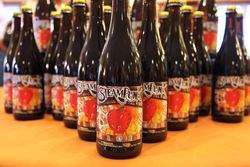






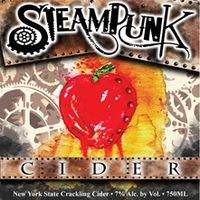


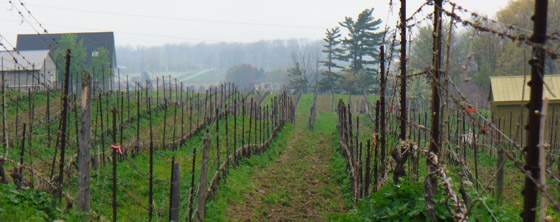

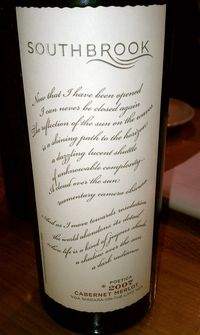
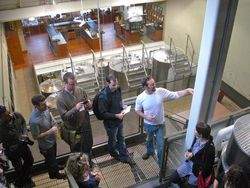
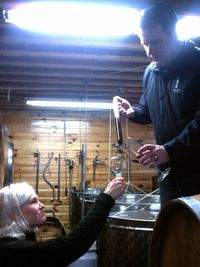
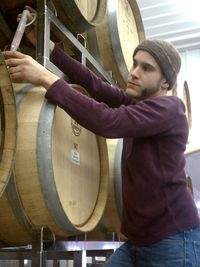


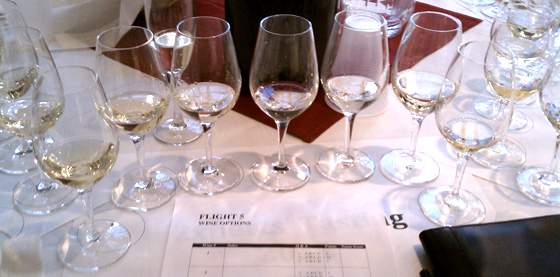
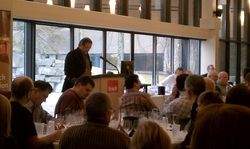

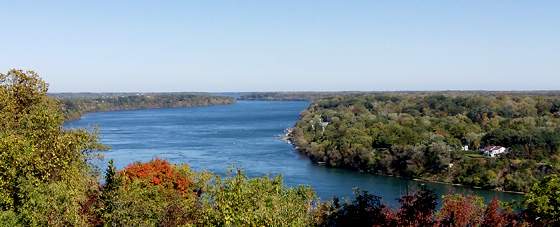


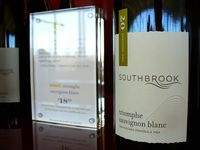
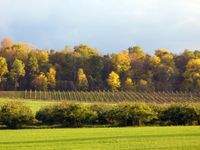
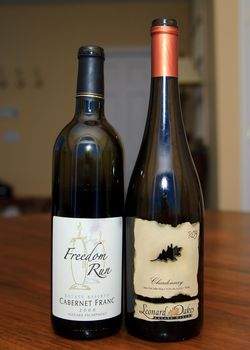
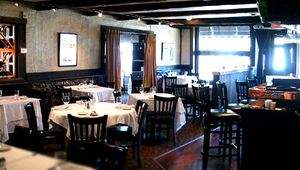
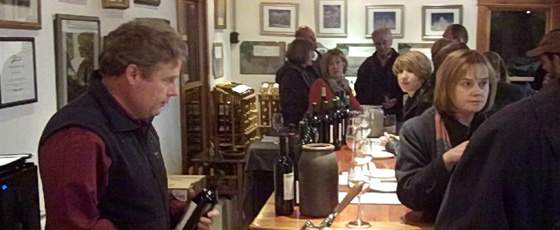

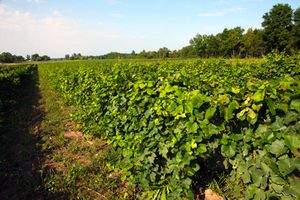
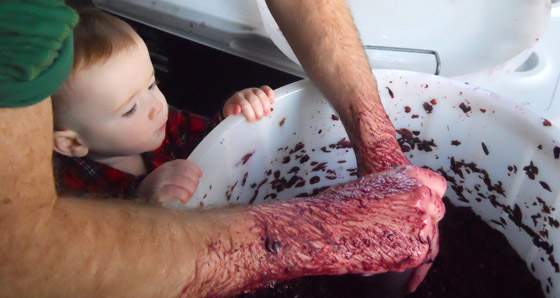
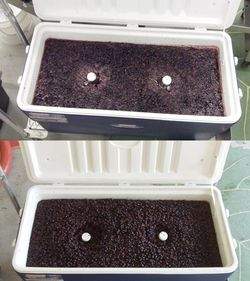

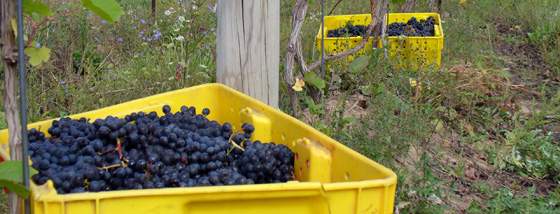
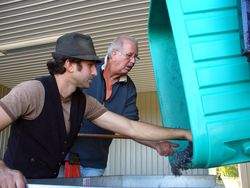
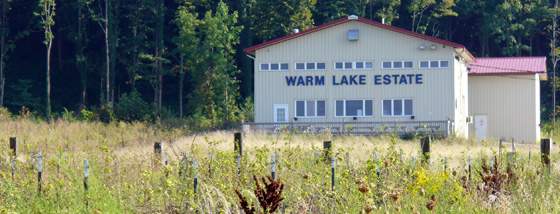
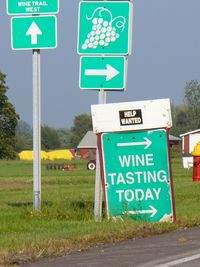

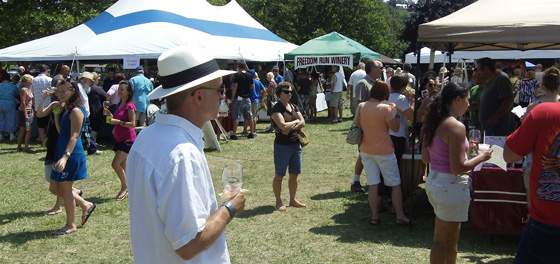
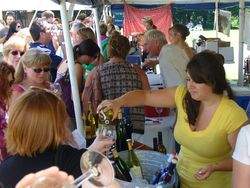
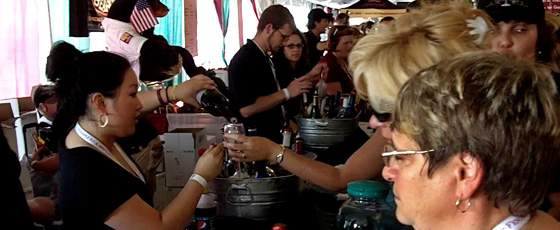



Recent Comments